Penn team helps define ‘right stuff’ for Mars voyagers
-
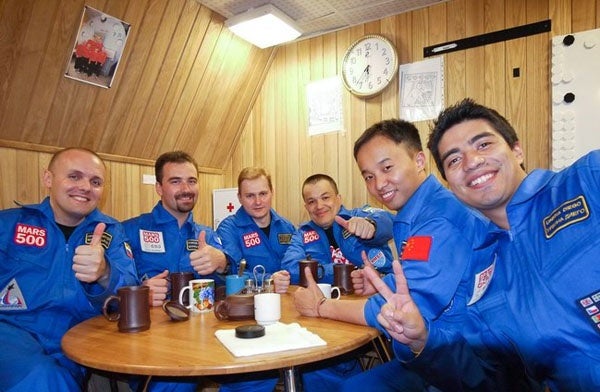
<p>The crew on the first day of isolation. (IBMP)</p>
-
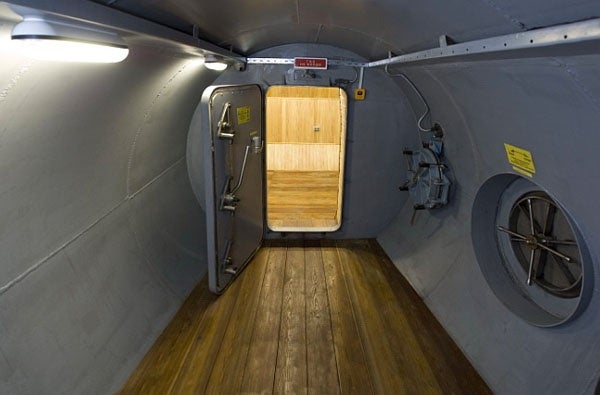
<p>Transfer between the habitable and storage modules. On the right there are lock chambers. (IBMP/Oleg Voloshin)</p>
-
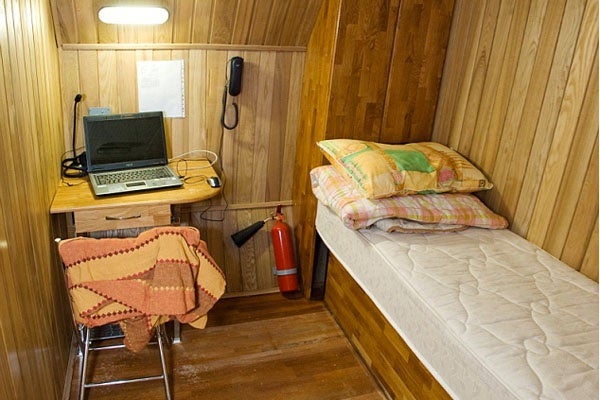
<p>Individual quarter. (IBMP/Oleg Voloshin)</p>
-
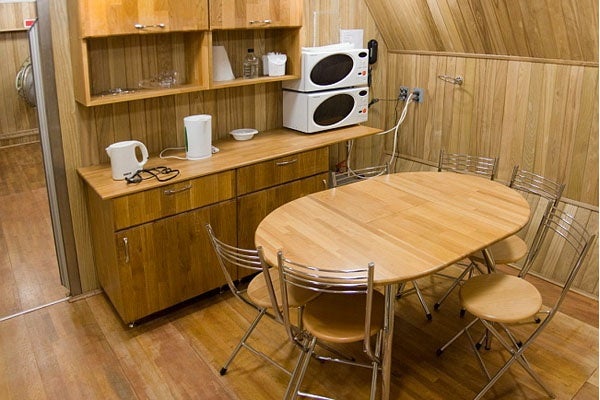
<p>Kitchen. (IBMP/Oleg Voloshin)</p>
-
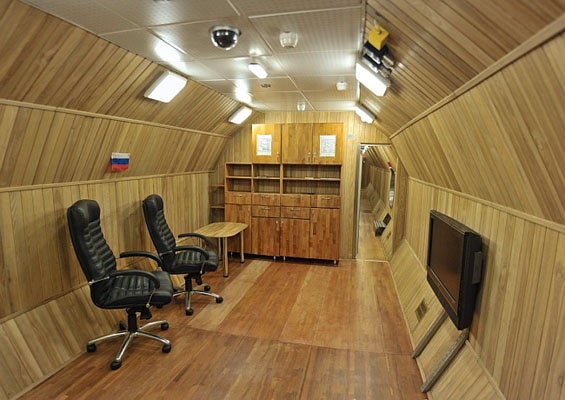
<p>Living-room, view to the kitchen side. (IBMP/Oleg Voloshin)</p>
-
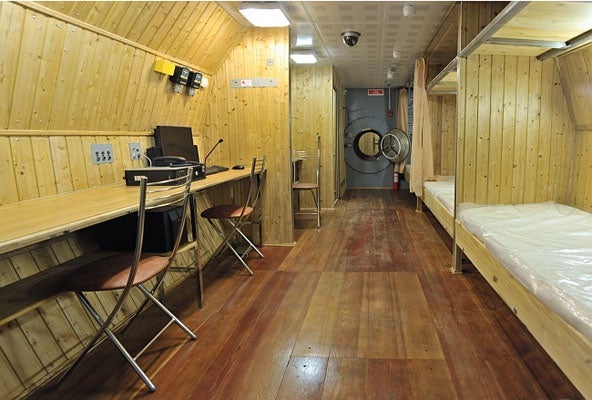
<p>Descending module. (IBMP/Oleg Voloshin)</p>
-

<p><span style="color: #808080; font-family: Verdana, Helvetica;">External view of the facility. (IBMP/Oleg Voloshin)<br /></span></p>
Scientists at the University of Pennsylvania are helping Mars-mission planners figure who has the “right stuff” for prolonged space travel.
In the Mars 500 study, six men volunteered to spend nearly a year and a half locked away in a fake space ship. The Philadelphia researchers tracked the surrogate astronauts’ movements minute-by-minute using a wristband-monitoring device.
Prolonged confinement and isolation affected each participant differently. Study author Mathias Basner said one man’s body clock eventually reset itself to a 25-hour day, which put him at odds with the rest of the group.
“We actually found that almost 20 percent of the time, this crew member was the only crew member sleeping or the only crew member awake,” said Basner.
He says that could be a problem in a real-life scenario where astronauts need to perform critical tasks together.
The new study is published online in the Proceedings of the National Academy of Sciences.
The earthbound capsule could not approximate the radiation on the way to Mars, the dangers of space travel, or the lack of gravity; nonetheless, scientists call the study a “high fidelity simulation.”
Increased sleep may be a boon
Basner said the capsule was a lot like a submarine with interconnected tubes and hatches. The cramped quarters, the communication delays, and the boredom were real.
“Kind of a sedentariness kicked in,” Basner said. “They moved less while they were awake, they increased their sleep time.”
That increased sleep actually may have been a boon for performance. The men performed better on some test of attention and concentration as their sleep times extended.
But Basner said it could be worrisome that the men got increasingly less physical activity during waking hours. That slow down might hurt muscle, bones and cardiovascular activity, he said.
“We need to find ways to identify select the right crew – to find who will be susceptible and who won’t be,” Basner said. “To make sure that we train them properly and to know about their vulnerabilities and provide them with the correct counter measures.”
The space capsule was lit with basic fluorescent bulbs, not too different from a corporate office. Basner said in the future, Mars-mission planners might try to better synchronize the crew’s biological clocks.
“For example, you may expose them to more blue light during certain times of the days, more red light during other times of the day and you could simulate with this light Earth’s natural light, dark cycles,” Basner said.
George Brainard, a professor of neurology at Thomas Jefferson University, reviewed the new findings. He studies how light affects biology and behavior.
He explained that the human eye has a second sensory system that detects light independently of the visual system.
“Light that drives circadian rhythms [or the internal clock] and changes hormones, and changes behavioral responses has a peak sensitivity in the short wavelength end of the spectrum, in the blue-appearing part of the spectrum,” he said.
Brainard said the researchers measured the light in the capsule and found it was “relatively dim.”
Pinpointing ‘the right stuff’
So far, only a handful of people have experienced more than a year in space, but Brainard says there should be a manned mission to Mars before the end of this century.
“That’s the significance of this,” he said. “You have to do this kind of work to understand the problems that the pioneers will encounter.”
Brainard says in the future astronauts with the “right stuff” may be very different than those of the past, and scientist may even be able to pinpoint the best physical and biological attributes.
“They had to be daring, they had to be leaders, they had to be brave. Those were for shorter-term space flights. When you go to longer term, you really don’t want six people all of whom are alpha males and alpha females,” Brainard said.
The study is the first of its kind but Brainard said it has applications beyond exotic space travel — perhaps most especially for night-shift and off-hours workers.
“It is highly pertinent to people who have everyday jobs here in Philadelphia and the United States,” he said.
“We begin to see hard and fast data that show us something about good health,” Brainard said. “And it’s really old age wisdom … we need nutritious food, exercise, good sleep and exposure to sunshine.”
WHYY is your source for fact-based, in-depth journalism and information. As a nonprofit organization, we rely on financial support from readers like you. Please give today.

